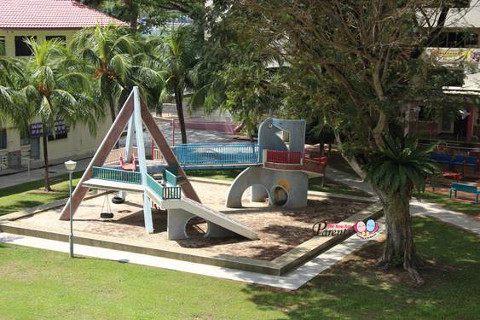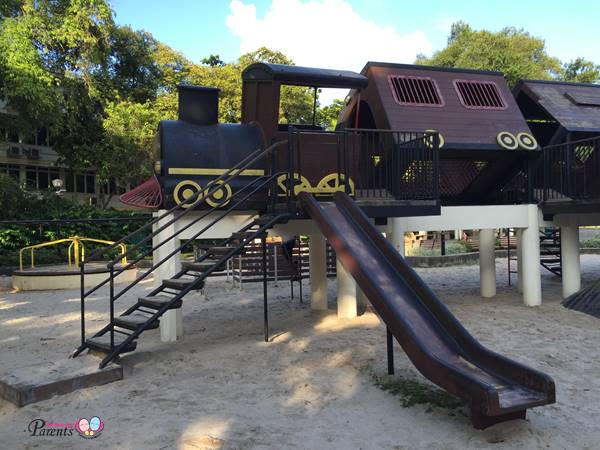As highlighted in my previous article on planning your financial properties for your child, many parents may have neglected the importance of ensuring that they should have adequate coverage before they embark on taking up plans for their little ones. Remember the old wives’ tale of: “If given only one choice, who should you protect – The Golden Goose or the Golden Egg?”

In this article, we will explore further on how much coverage is adequate for parents.
1. Hospitalisation & Surgical Insurance
- Ensure that you have the Private Integrated Shield plans (also known as enhanced Shield plans) from private insurers with “As Charged” benefits.
- Do also ensure that you have taken up the corresponding cash rider for the Private Integrated Shield plans so that you are covered for co-payments (deductibles and co-insurance)
2. Critical Illness Protection
- A lot of my clients ask me: “Why is there a need for Critical Illness Planning when they already have the best Hospitalisation & Surgical Insurance? Does not health insurance take care of all medical bills?”
- The answer is Yes and No. Health insurance will only take care of a person’s hospitalisation, surgeries, outpatient cancer and kidney dialysis treatments.
- What happens if the person decides that he may want to take a few months or a year of no-pay leave to recuperate at home (no income, but monthly expenses remain with possible additional expenses)?
- Or he decides to try alternative treatments for his critical illness? Where shall his funds come from?
- The answer is Critical Illness plans. Critical Illness plans will pay out a lump sum where he can decide how he would use the funds at his own discretion, allowing him more options other than worrying about monthly expenses and rushing back to the workplace.
Critical Illness Planning consists of a few sections:
| A. Immediate Needs for Critical Illness | – Should be 2 years of your current gross income. E.g. if a person is earning S$50,000, the immediate needs funding should be S$100,000. – This fund is to ensure that you have adequate funds for short term needs, i.e. alternative treatments, minor renovations to home/car, miscellaneous expenses. |
| B. Living Expenses (For yourself and your share of family expenses) | – Setting aside 2 – 10 years of your family and your current expenses for Critical Illness. This sum of monies will ensure how long you can recuperate at home. E.g. The monthly expense is S$4,000, and you would like to set aside 10 years for Critical Illness planning, you would require S$480,000. |
| C. Additional Living Expenses | – This expense includes medication that are not subsidised or covered under health insurance. As a general rule of thumb, one may set aside a base amount of S$1,200 a month. – This expense also includes employing a part time nurse or maid to help take care of you. A base amount you may consider is S$800 a month. |
| D. Debts and Loans | – You may also want to set aside funds to offset any outstanding debts and loans. |
| E. Family Readjustment Fund | – Setting aside funds for your family to readjust. E.g. Your spouse may decide to take no-pay leave to take care of you. – For the readjustment fund, you would have to discuss with your spouse and what are the possible nursing arrangements if you are to recuperate at home. |
| F. Children’s Education Fund | – Setting aside funds for your children’s tertiary education. – I will explain in more detail in my next article. |
| G. Spouse’s Old Age Needs | – This is most applicable if your spouse is a home-maker and depends on your income solely. – You may want to set aside funds for your spouse’s retirement. |
– To know how much Critical Illness Income coverage you need, just add up the above items A to G.
3. Family Income Protection
Family income protection is about leaving a stream of income for your loved ones should you prematurely decease before the average mortality age.
For Family Income Protection, you should look at the following sections:
| A. Immediate Expenses | – This fund is about funerary expenses, which works out to be S$10,000 – S$25,000, depending on customs and preferences. |
| B. Debts and Loans | (As above) |
| C. Family Readjustment Fund | (As above) |
| D. Living Expenses (For your share of family expenses and possibly your spouse’s share as well) | – Setting aside monies for your share of family expenses. – Also, your spouse may decide to stop work and stay at home to take care of the elderly or children. You would also have to factor in your spouse’s share of family expenses in this example. |
| E. Children’s Education Fund | (As above) |
| F. Widow’s Old Age Needs | (As above) |
– To know how much Family Income coverage you need, just add up the above items A to F.
4. Disability Income Protection
Disability Income Planning is about having a lump sum and a stream of income to offset disability treatments, possible renovation of home and car to accommodate for disability, daily living expenses due to the fact that one may not be employed in the same capacity as before the disability.
For Disability Income Planning, you should look at the following sections:
| A. Living Expenses (For yourself and your share of family expenses) | – Setting aside a fund for your family and your current expenses for Disability Planning. – As disability may be total and permanent, you would have to set aside funds till one reaches the average mortality age, i.e. 80 for males and 84 for females. E.g. The monthly expense of a husband age 35, is S$4,000. He would have to set aside S$2,160,000 for Disability Income Planning. Note: For prudence, I would ask my client if they would want to add a further 8 years to the average mortality age. As a person may outlive the average mortality age. – You may also want to ensure that you have set aside funds for disability treatments, minor renovations to home/car, miscellaneous expenses. – The above amount may look big but there are instruments that can help a person achieve the objective. |
| B. Debts and Loans | (As above) |
| C. Family Readjustment Fund | (As above) |
| D. Children’s Education Fund | (As above) |
| E. Widow’s Old Age Needs | (As above) |
– To know how much Disability Income coverage you need, just add up the above items A to E.
Disclaimer: Do note that all the above calculations are assuming you do not reinvest the lump sum payout.
What are the instruments to achieve the above shortfalls?
There are many instruments out there that can help you in achieving your shortfall. However, all instruments can be divided into 4 major categories:
- Whole Life Insurance
- Term Insurance
- Investment Linked Plan (Regular Premiums with Wholelife Coverage)
- Disability Income Insurance
I would not be going into details on the above instruments as it would be very lengthy. The best thing for you to do would be to call your Financial Planner and ask him or her about the differences and decide on which of the above instrument suits your needs the best.
Do you have or came across other ways of Insurance Planning?
Please do share your thoughts, ideas and questions with The New Age Parents or you could simply drop me an email at tanooisim_winston@hotmail.com.
By Winston Tan, Chartered Financial Consultant
This article was first published in The New Age Parents e-magazine
Financial Planning For Your Family Series:
Part 1: Financial Priorities For Your Child
Part 2: Hospitalisation and Surgical Insurance
Part 4: Planning Your Child’s Future Education
Part 5: Personal Accident Plans
Part 6: Planning For Your Retirement
If you find this article useful, do click Like and Share at the bottom of the post, thank you.
Want more comprehensive info? Check out our e-guides here.

























































Leave a Comment: